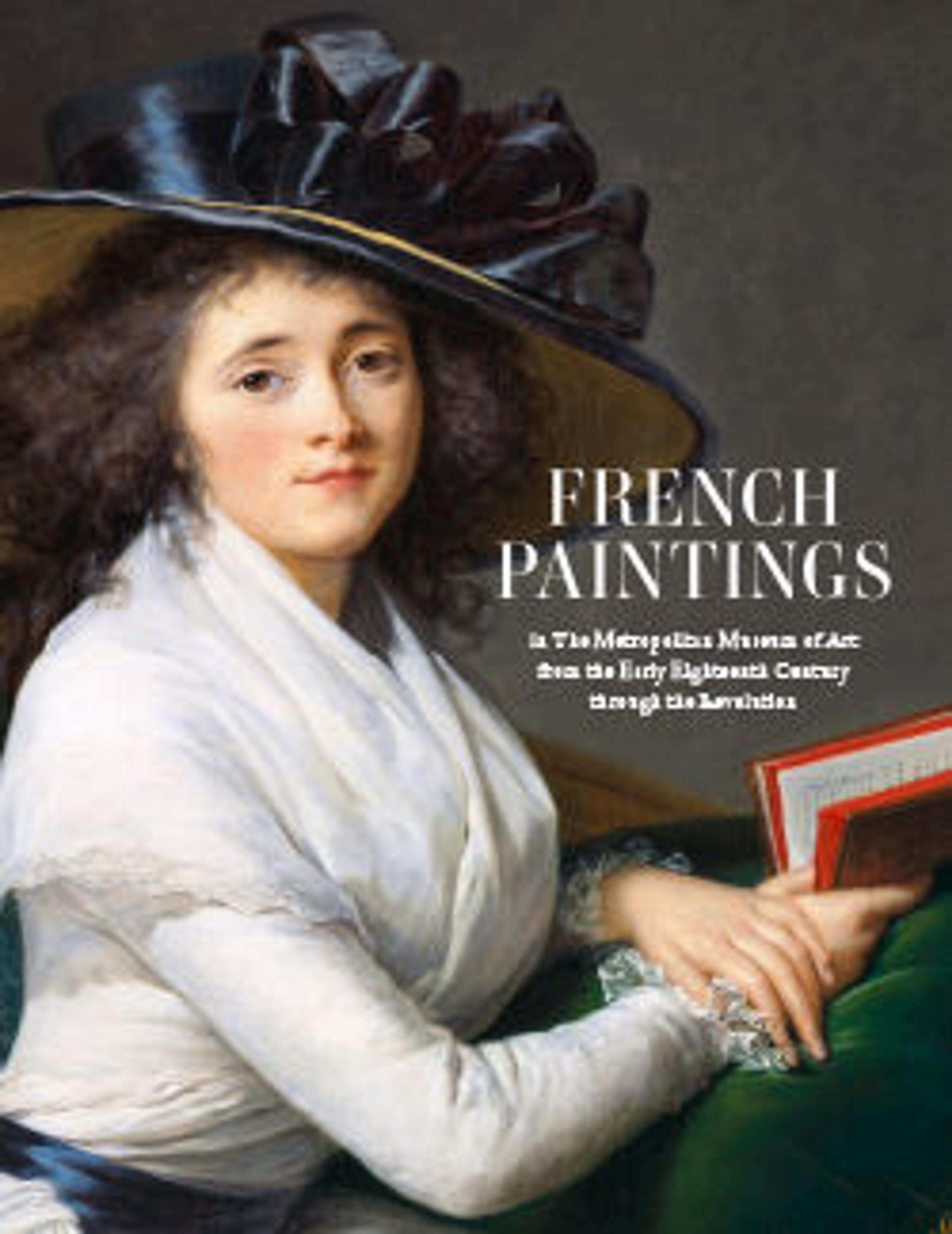Card Players in a Drawing Room
Dumesnil followed Jean François de Troy’s pioneering tableaux de mode (paintings of fashionable society) by depicting a scene of contemporary life that includes the modish card game of quadrille and a Black, probably enslaved, servant who tends the fire. Dumesnil probably painted this canvas between 1756 and 1759, when he lived in Bordeaux, an active port in the French slave trade. In an art world dominated by the French Royal Academy, Dumesnil made his career in the less prestigious guild association of the Académie de Saint Luc.
Artwork Details
- Title:Card Players in a Drawing Room
- Artist:Pierre Louis Dumesnil the Younger (French, Paris 1698–1781 Paris)
- Date:ca. 1756–59
- Medium:Oil on canvas
- Dimensions:31 1/8 x 38 3/4 in. (79.1 x 98.4 cm)
- Classification:Paintings
- Credit Line:Bequest of Harry G. Sperling, 1971
- Object Number:1976.100.8
- Curatorial Department: European Paintings
More Artwork
Research Resources
The Met provides unparalleled resources for research and welcomes an international community of students and scholars. The Met's Open Access API is where creators and researchers can connect to the The Met collection. Open Access data and public domain images are available for unrestricted commercial and noncommercial use without permission or fee.
To request images under copyright and other restrictions, please use this Image Request form.
Feedback
We continue to research and examine historical and cultural context for objects in The Met collection. If you have comments or questions about this object record, please contact us using the form below. The Museum looks forward to receiving your comments.
